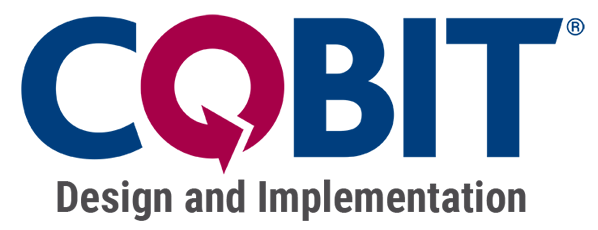
Overview
The just-discharged COBIT 2019 is the best COBIT yet, highlighting numerous positive changes including adjusted standards, new structure factors, refreshed objectives course, altered procedures, refreshed execution the board, new point by point administration and the executive’s goals. This Design and Implementation course is planned for progressively experienced clients to COBIT who are keen on further developed utilization of the system, for example structuring administration frameworks and running administration improvement programs. This course requires the COBIT 2019 Foundation Certificate to be effectively accomplished. This two-day course is organized around the COBIT 2019 Design Guide and the COBIT 2019 Implementation Guide.
What you will learn
- Describe the key ideas of COBIT 2019 as educated in the COBIT Foundation course.
- Describe the advantages of the COBIT 2019 Design Guide for its intended interest group.
- Describe the present structure factors in COBIT 2019.
- Apply the structure factor idea to distinguish relevant values.
- Describe the effect configuration components can have on the plan of an administration framework.
- Describe the structure work process of an administration framework.
- Use the means in the structure work process for administration frameworks.
- Apply the plan work process to a solid circumstance so as to get a governance framework structure.
- Describe and utilize the plan direct toolbox in a solid circumstance.
- Use the mapping tables between configuration factors and governance/the board destinations practically.
- Describe reason and extent of the COBIT 2019 Implementation Guide.
- Apply the execution philosophy and approach for an administration usage program.
- Combine the procedure from both the COBIT 2019 Implementation Guide and the COBIT 2019 Design Guide to use in solid circumstances.
- Apply the destinations, portrayals and errands of the seven execution stages in solid circumstances.
- Apply the difficulties, main drivers and critical achievement factors of the seven execution stages to solid circumstances.
- Apply the key choice points and related duties regarding administration usage to solid circumstances.
